Midcentury modernist Maxwell Starkman’s LA studio converted into an office by 1100 Architect
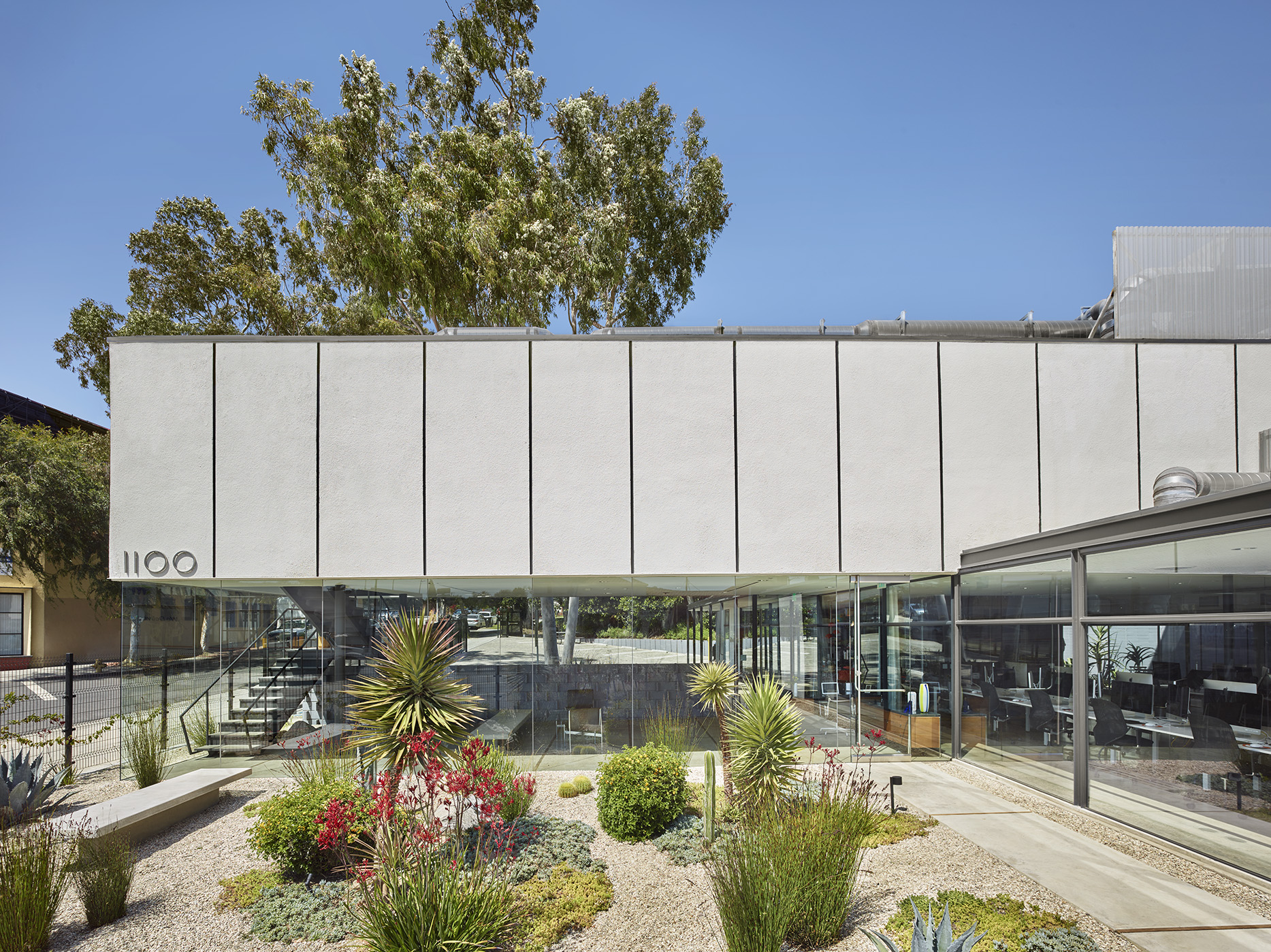
In Los Angeles, 1100 Architect has converted a midcentury design studio dating back to 1958 into a contemporary office to house creative design and media company, Brand New School. While the original building by Maxwell Starkman (1921-2003) has been updated and adapted, it maintains its modernist character – it was first a design studio for Starkman himself, then became a lighting showroom, before falling into disrepair.
Starkman was a Canadian architect living in LA, who before setting up his own practice had worked with Richard Neutra – an influence that can be seen in the flat roofs and streamlined steel-framed design of this building, which 1100 Architect has preserved and celebrated. An Angelino may be familiar with Starkman’s Zenith Tower on Wilshire, a 16-storey office tower atop a five-storey building, clad with once bronze metal panels, now painted white renewing attention to the modernist design. Meanwhile, an Angelino may be equally unfamiliar with his weighty, yet unremarkable, Museum of Tolerance on Pico.
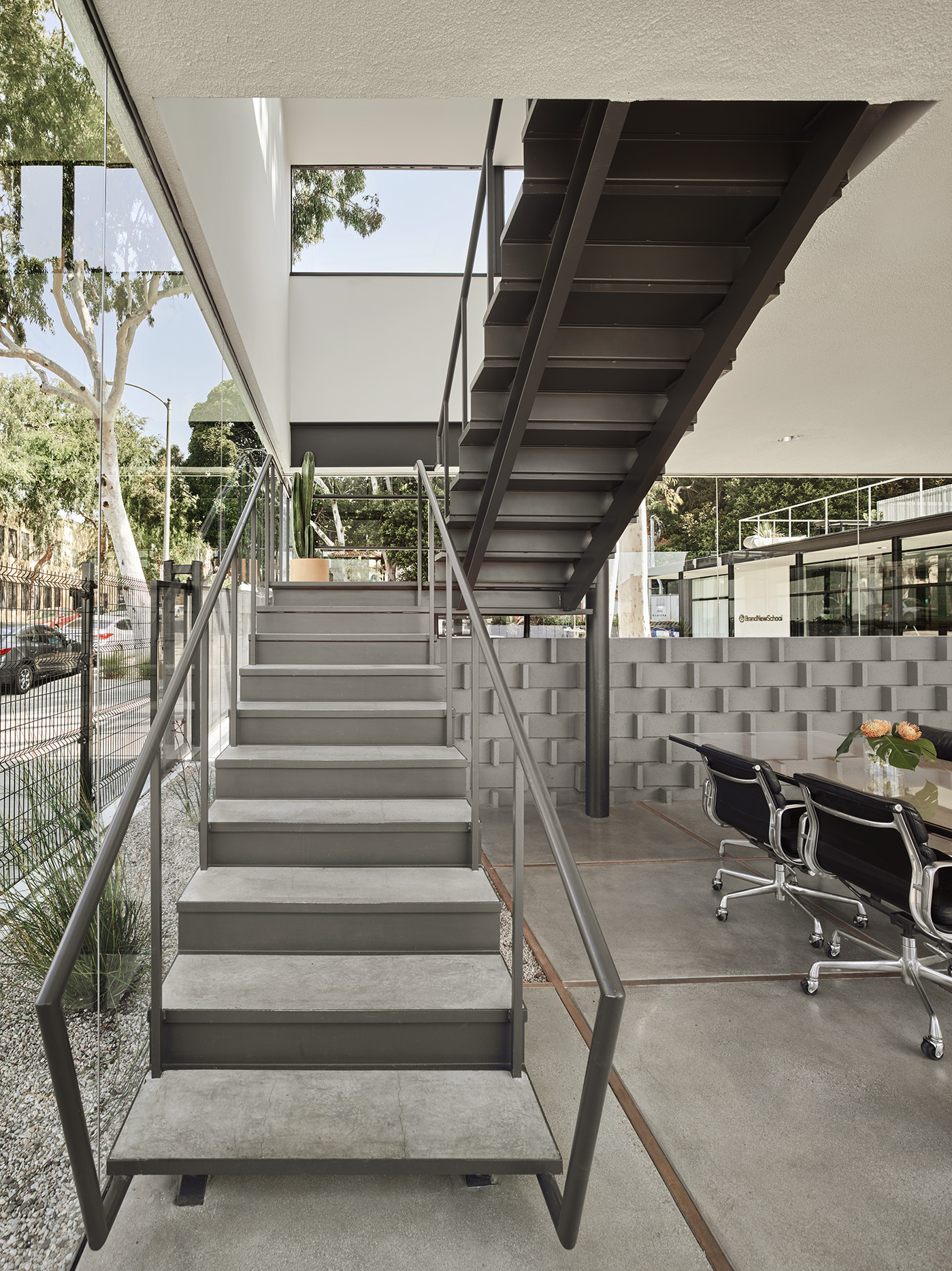
For New York- and Frankfurt-based 1100 Architect, founded in 1983, site-specificity is fundamental to each project whether in Manhattan or Mayfair. The team was keen to preserve the light airy and spacious nature of Starkman’s design in Los Angeles too, while creating an office for today.
Essential edits were made for contemporary office life – full-height sound-proof glass partitions define private space for conferences or meetings, not losing sight of the connectivity and light that travels through the space. At the centre of the design, two long desks for communal working and a shared kitchen allow space for collaborative studio work.
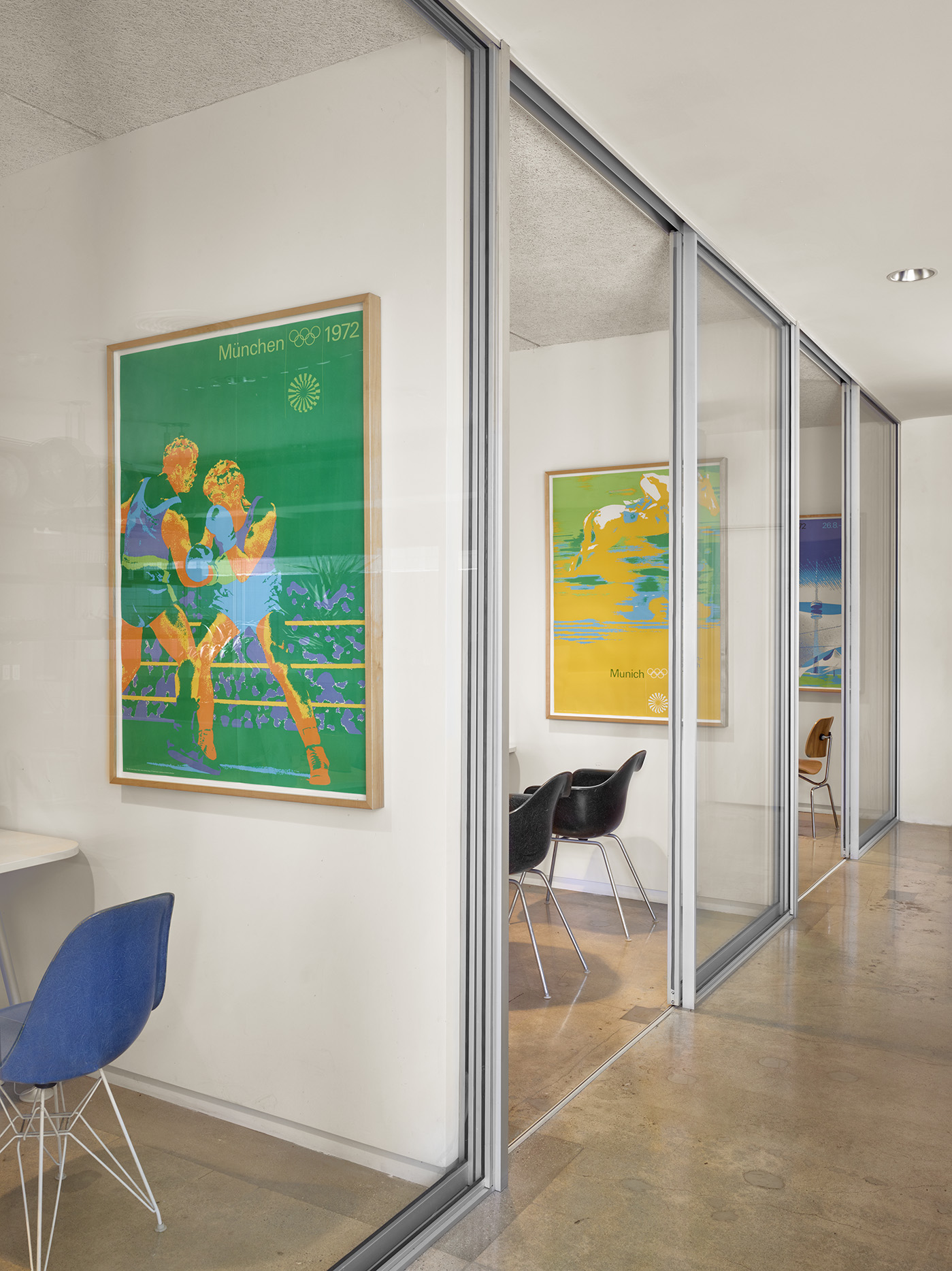
Glass was also used to enclose an outdoor courtyard, repurposing it into a more practical meeting room. Beyond the building, landscaped gardens have been planted with regional flora. Open-air spaces for employees include a rooftop lounge.
Modernist influences can also be seen in the furniture choices from the Herman Miller Eames Aluminium Group chairs and tables to the Knoll Mies Van Der Rohe Barcelona Table, while custom shelving from Vitsoe and the Ligne Roset Togo Sectional Sofa are symbols of the forward-looking modern office.
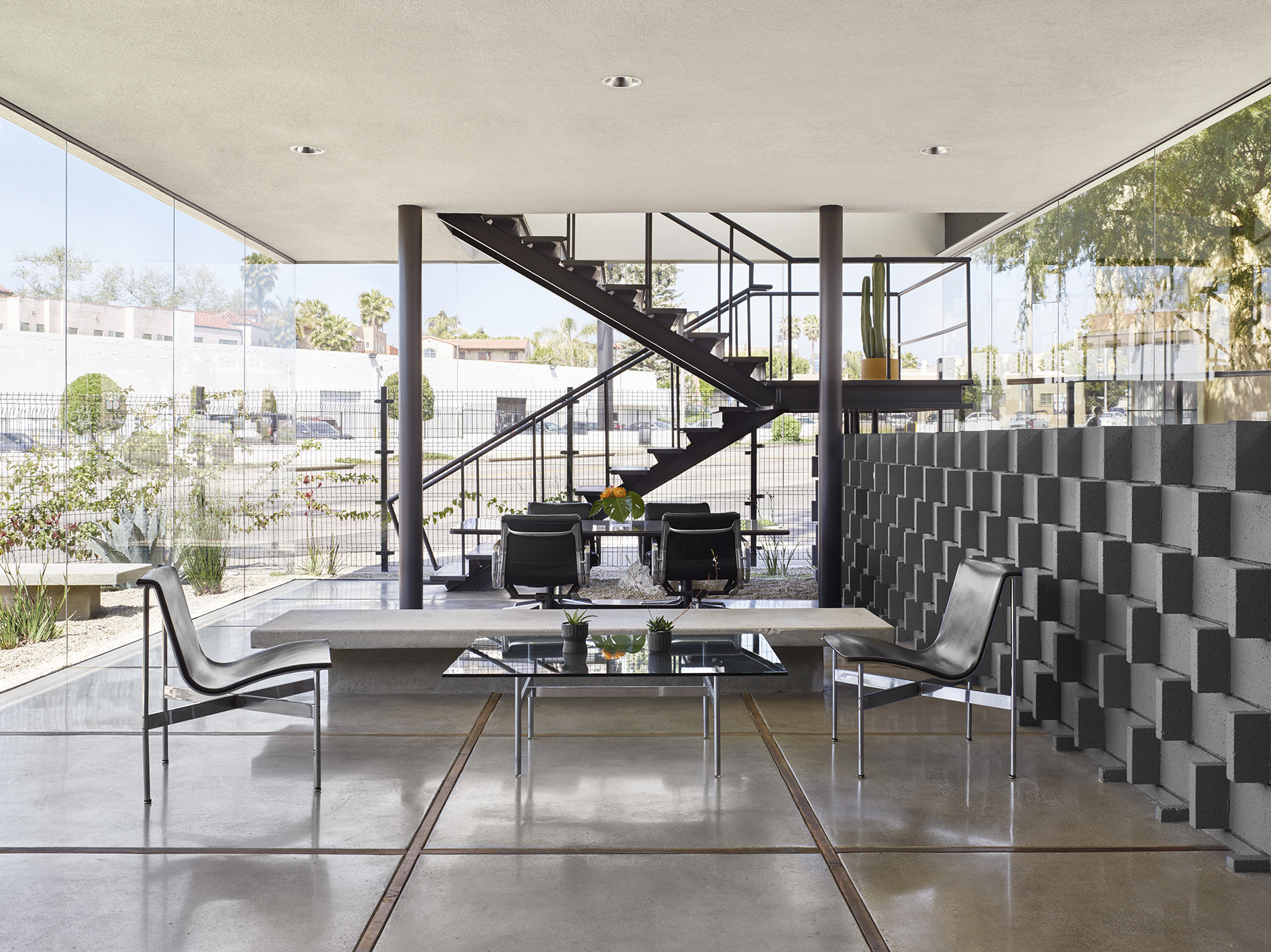
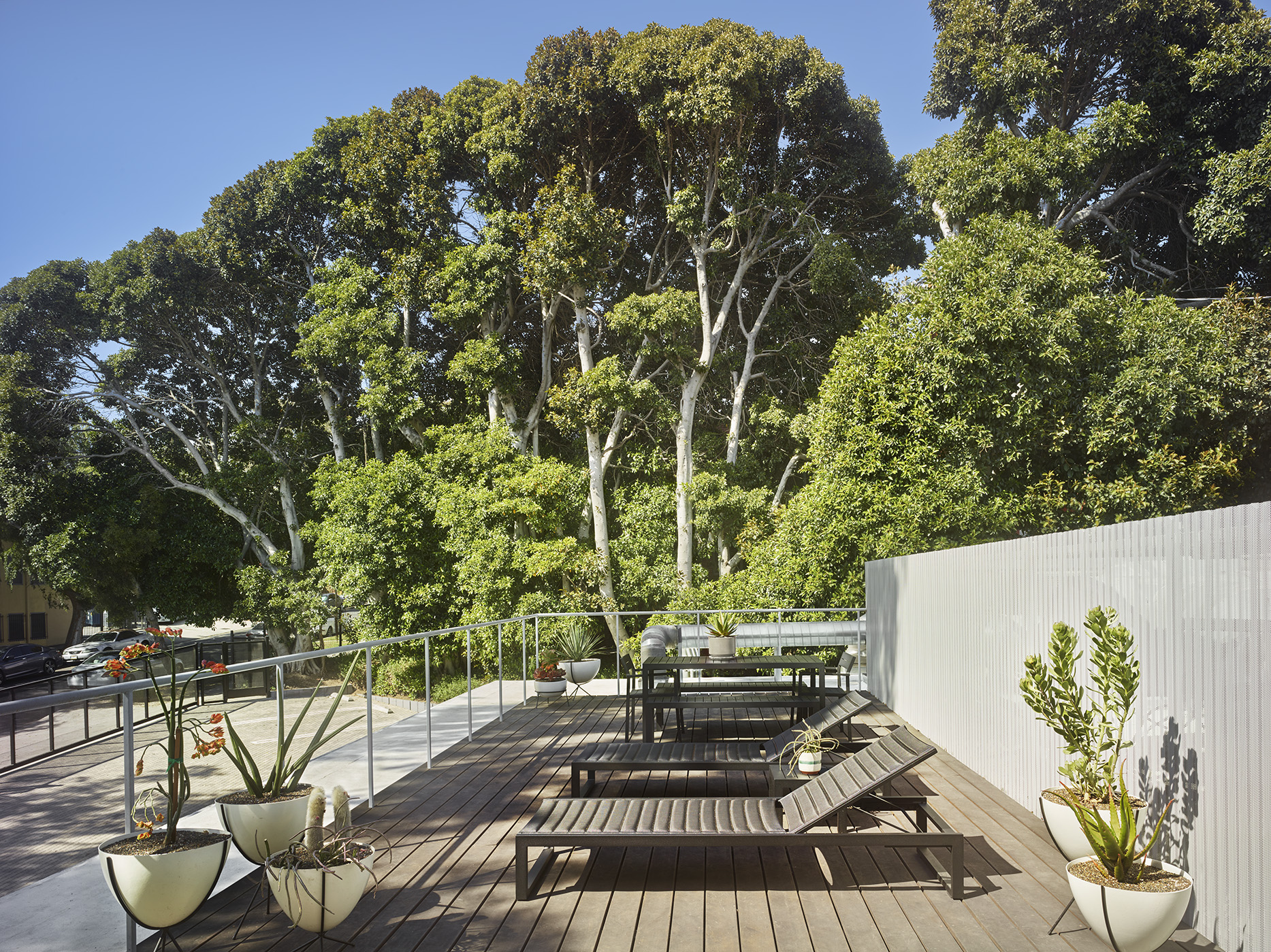
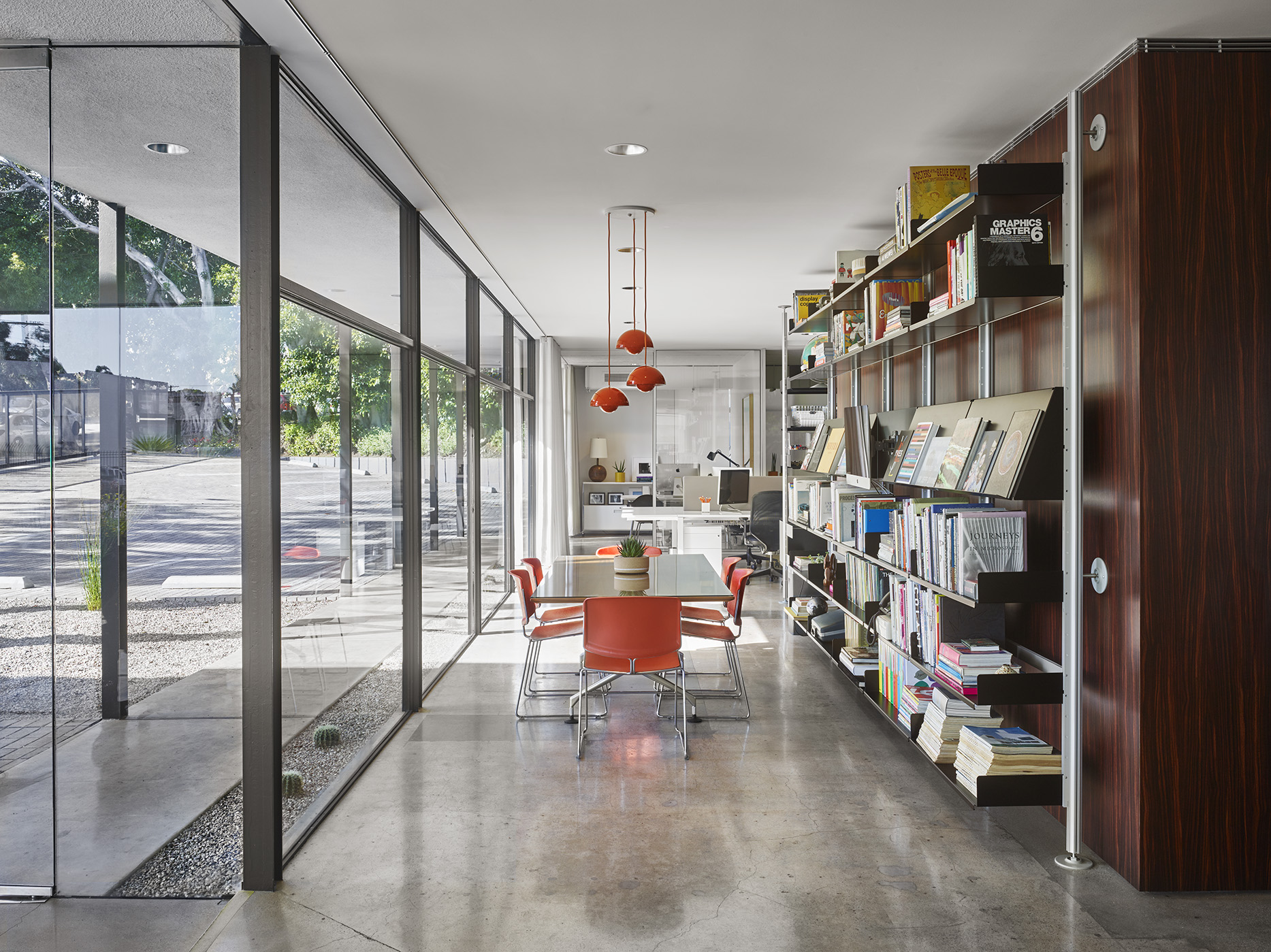
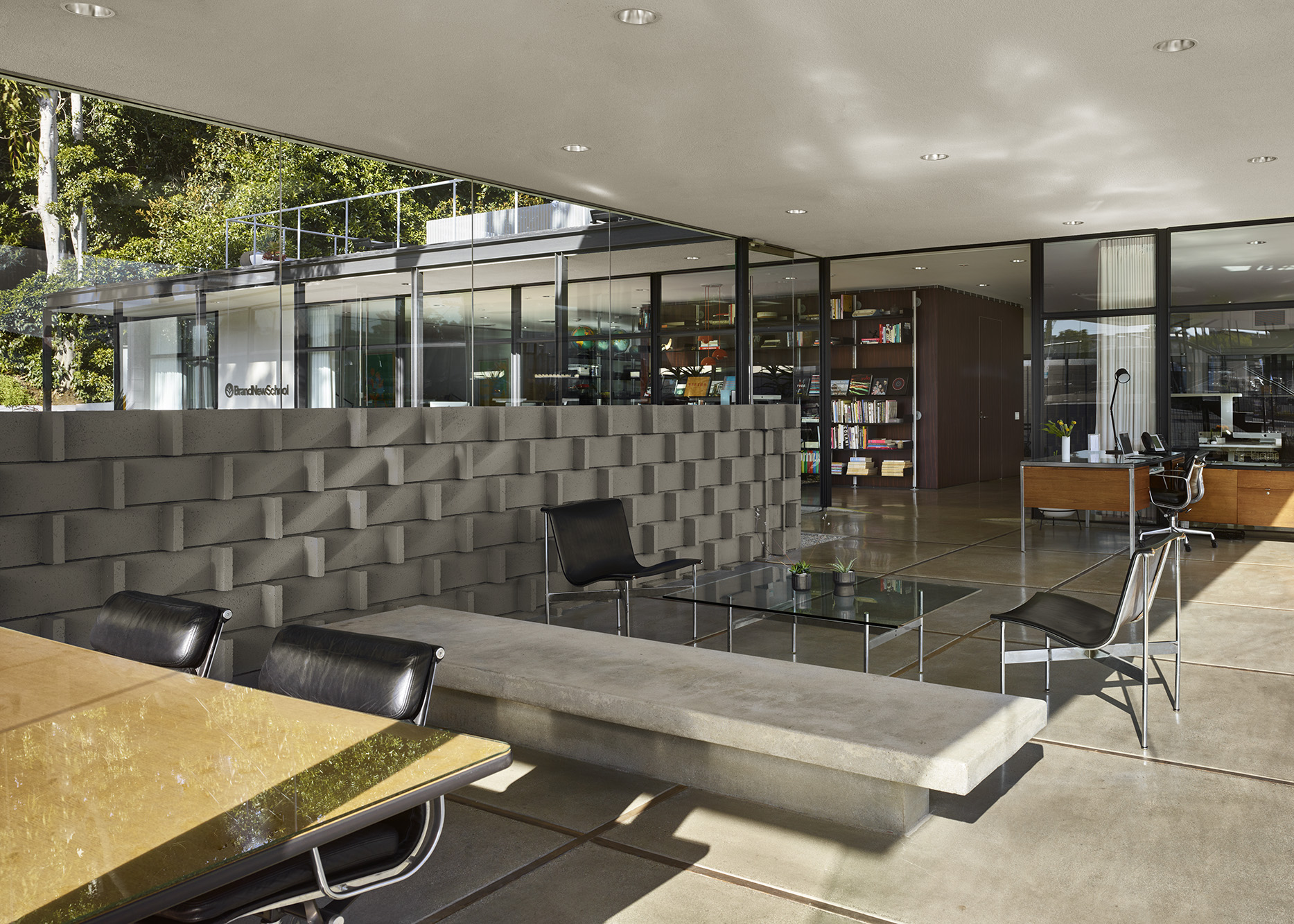
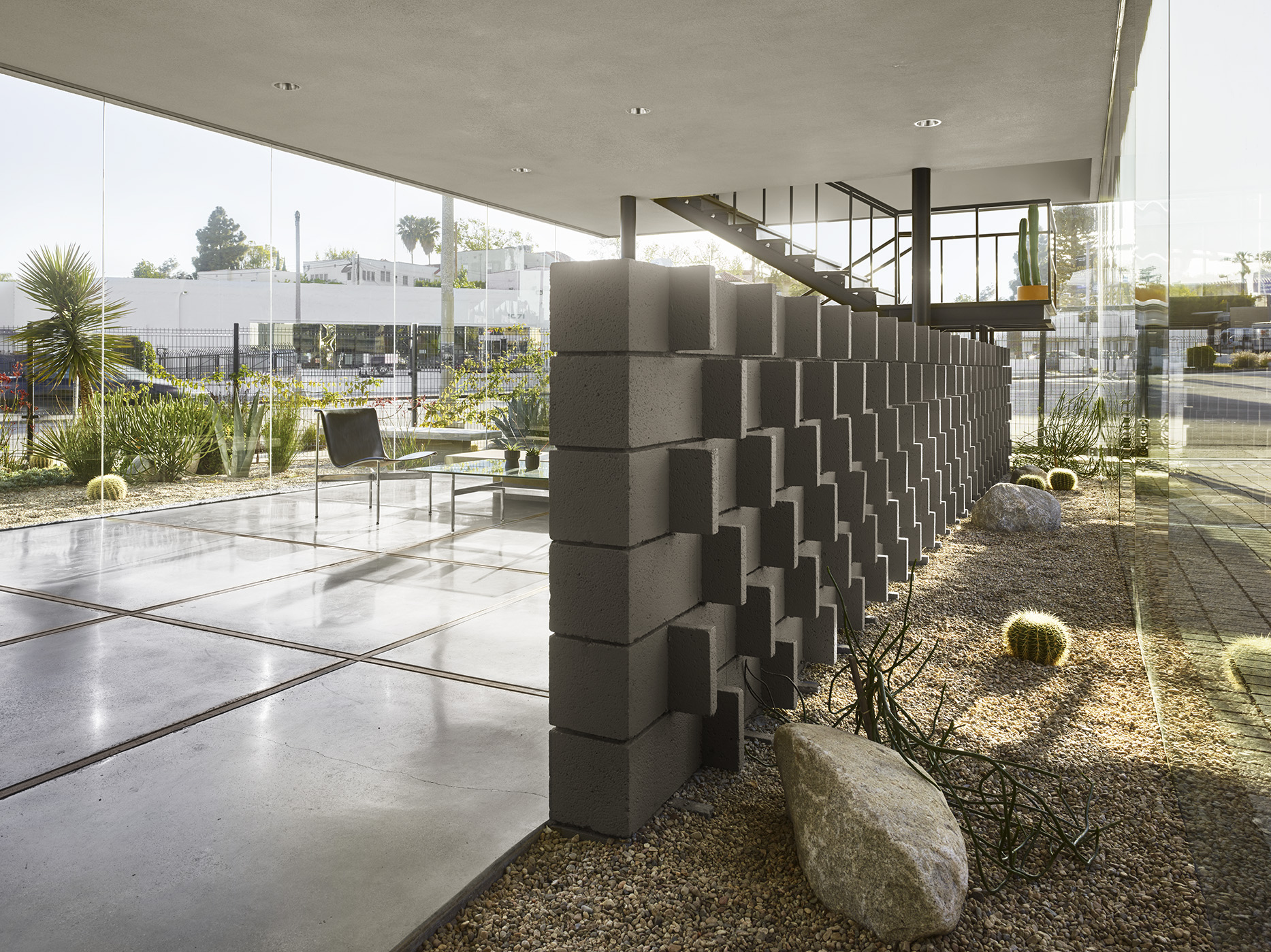
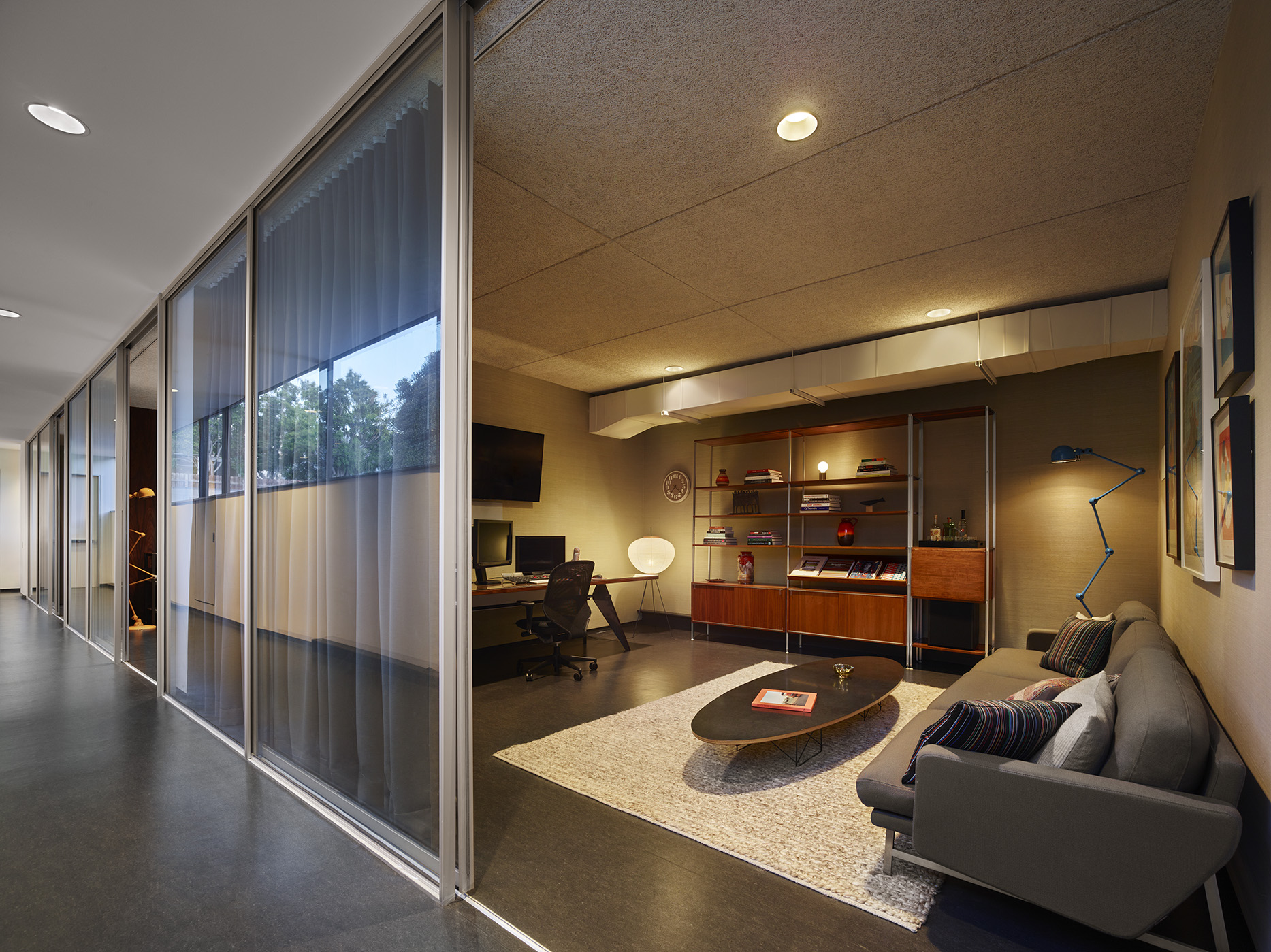
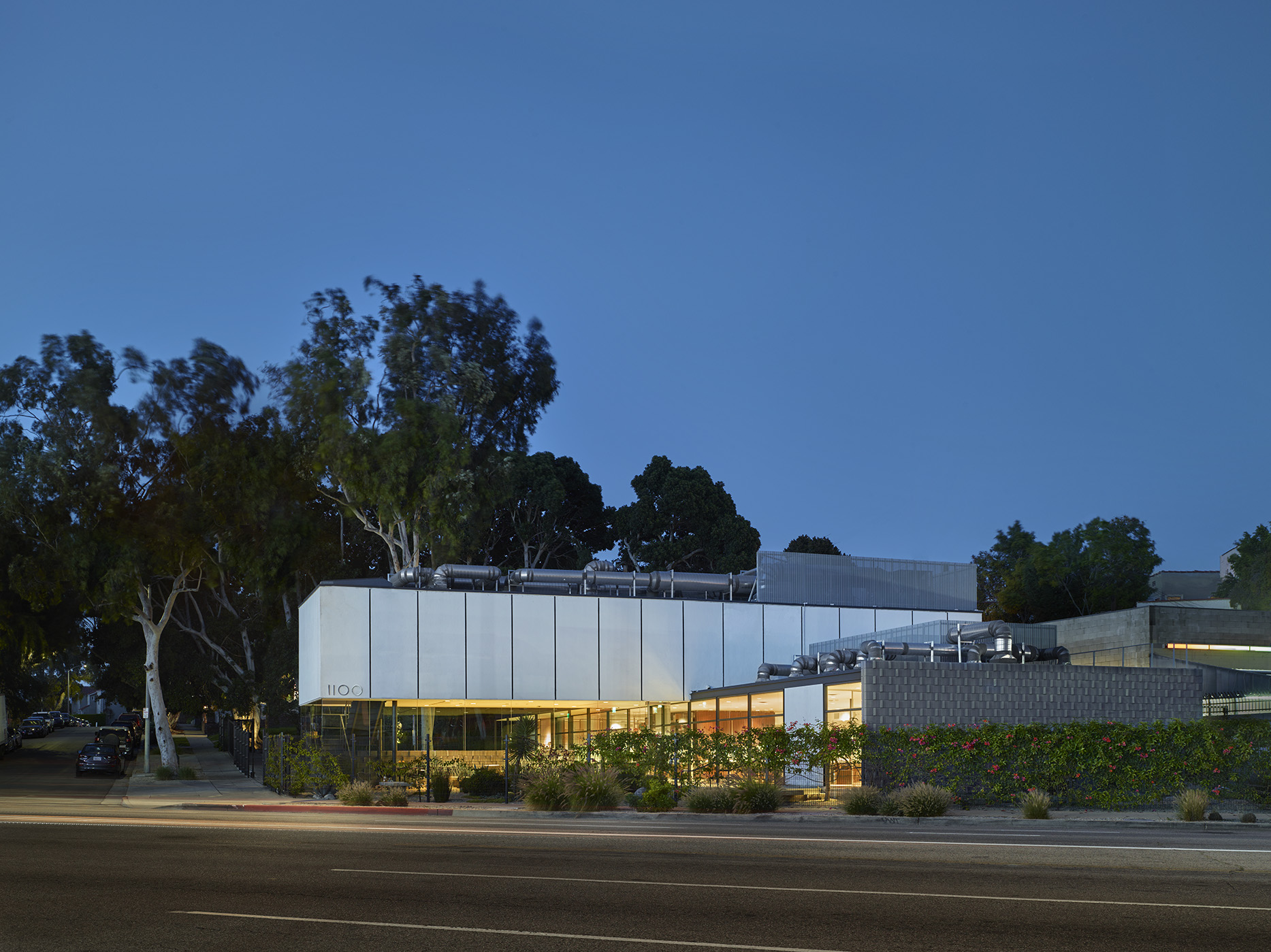
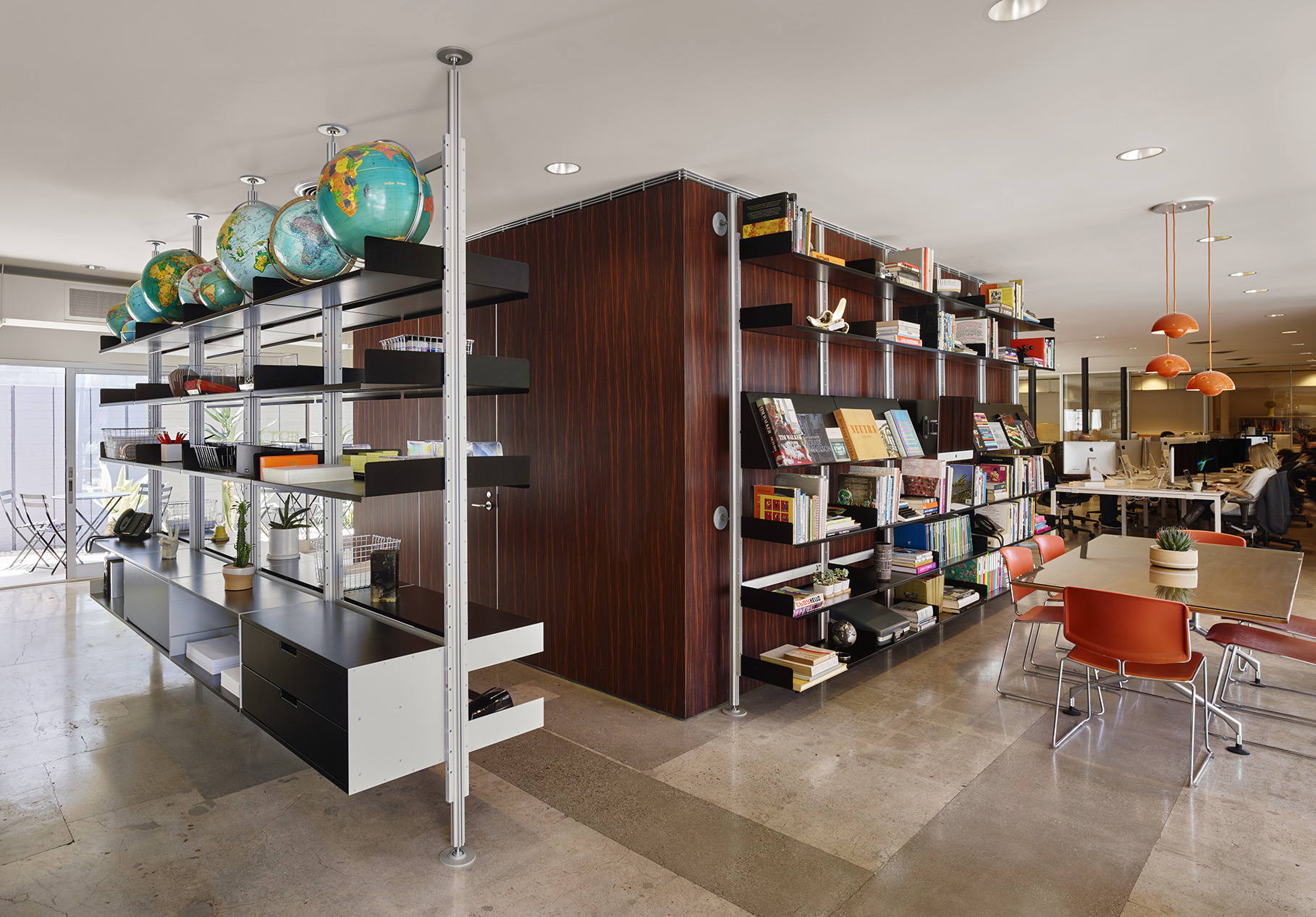
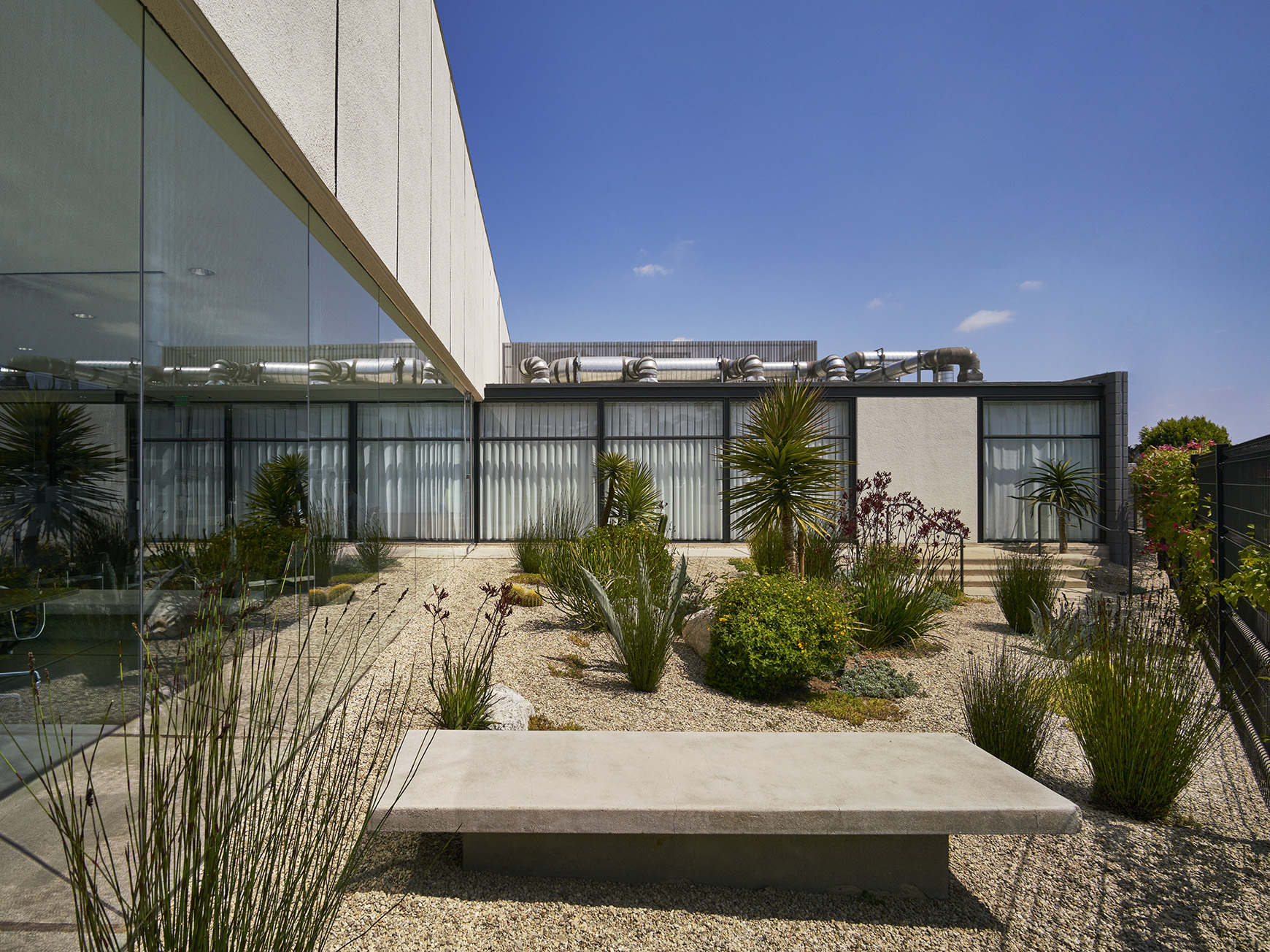
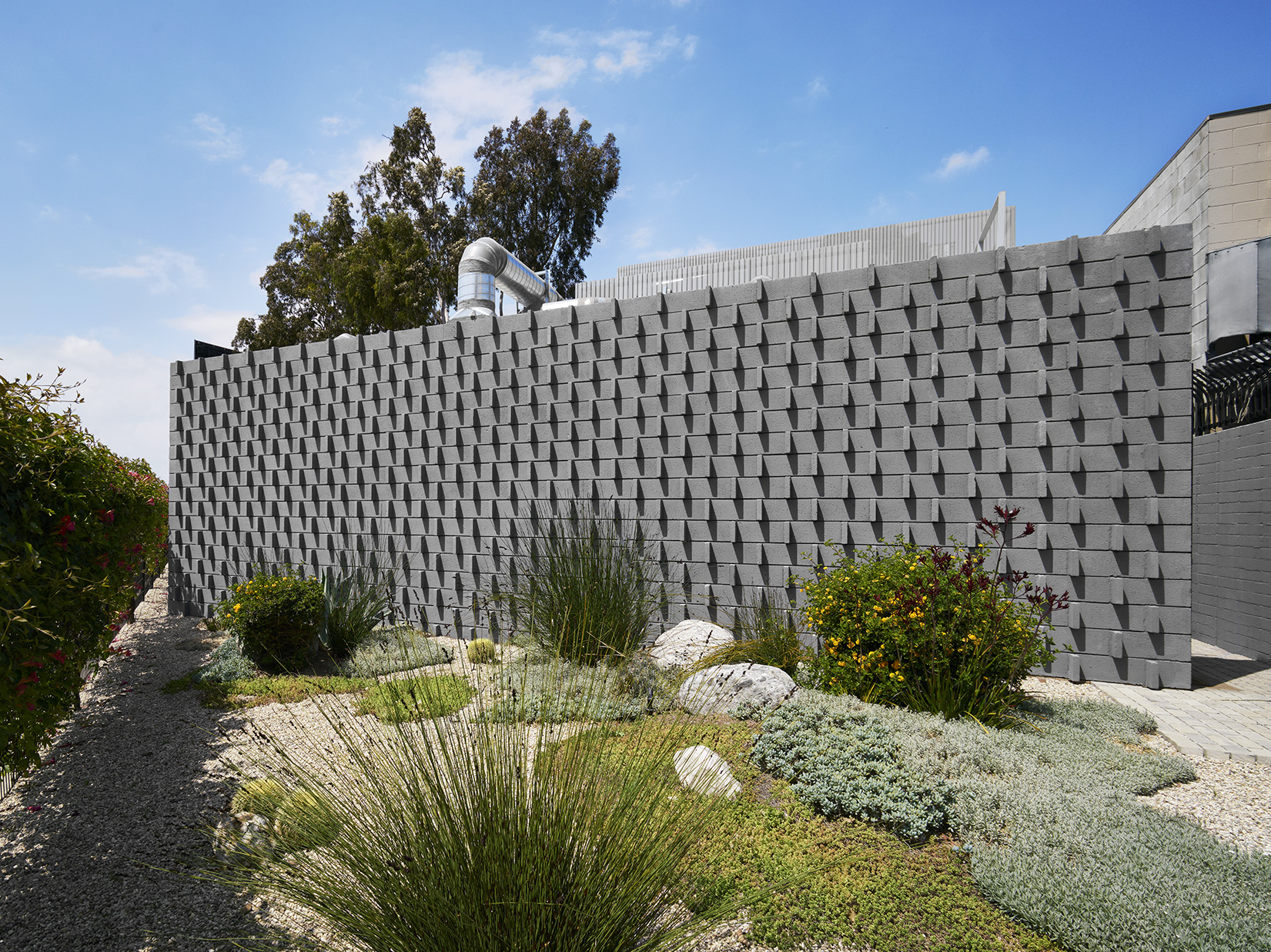
INFORMATION
For more information, see the 1100 Architect website
Wallpaper* Newsletter
Receive our daily digest of inspiration, escapism and design stories from around the world direct to your inbox.
Harriet Thorpe is a writer, journalist and editor covering architecture, design and culture, with particular interest in sustainability, 20th-century architecture and community. After studying History of Art at the School of Oriental and African Studies (SOAS) and Journalism at City University in London, she developed her interest in architecture working at Wallpaper* magazine and today contributes to Wallpaper*, The World of Interiors and Icon magazine, amongst other titles. She is author of The Sustainable City (2022, Hoxton Mini Press), a book about sustainable architecture in London, and the Modern Cambridge Map (2023, Blue Crow Media), a map of 20th-century architecture in Cambridge, the city where she grew up.
-
 Japan in Milan! See the highlights of Japanese design at Milan Design Week 2025
Japan in Milan! See the highlights of Japanese design at Milan Design Week 2025At Milan Design Week 2025 Japanese craftsmanship was a front runner with an array of projects in the spotlight. Here are some of our highlights
By Danielle Demetriou
-
 Tour the best contemporary tea houses around the world
Tour the best contemporary tea houses around the worldCelebrate the world’s most unique tea houses, from Melbourne to Stockholm, with a new book by Wallpaper’s Léa Teuscher
By Léa Teuscher
-
 ‘Humour is foundational’: artist Ella Kruglyanskaya on painting as a ‘highly questionable’ pursuit
‘Humour is foundational’: artist Ella Kruglyanskaya on painting as a ‘highly questionable’ pursuitElla Kruglyanskaya’s exhibition, ‘Shadows’ at Thomas Dane Gallery, is the first in a series of three this year, with openings in Basel and New York to follow
By Hannah Silver
-
 This minimalist Wyoming retreat is the perfect place to unplug
This minimalist Wyoming retreat is the perfect place to unplugThis woodland home that espouses the virtues of simplicity, containing barely any furniture and having used only three materials in its construction
By Anna Solomon
-
 We explore Franklin Israel’s lesser-known, progressive, deconstructivist architecture
We explore Franklin Israel’s lesser-known, progressive, deconstructivist architectureFranklin Israel, a progressive Californian architect whose life was cut short in 1996 at the age of 50, is celebrated in a new book that examines his work and legacy
By Michael Webb
-
 A new hilltop California home is rooted in the landscape and celebrates views of nature
A new hilltop California home is rooted in the landscape and celebrates views of natureWOJR's California home House of Horns is a meticulously planned modern villa that seeps into its surrounding landscape through a series of sculptural courtyards
By Jonathan Bell
-
 The Frick Collection's expansion by Selldorf Architects is both surgical and delicate
The Frick Collection's expansion by Selldorf Architects is both surgical and delicateThe New York cultural institution gets a $220 million glow-up
By Stephanie Murg
-
 Remembering architect David M Childs (1941-2025) and his New York skyline legacy
Remembering architect David M Childs (1941-2025) and his New York skyline legacyDavid M Childs, a former chairman of architectural powerhouse SOM, has passed away. We celebrate his professional achievements
By Jonathan Bell
-
 The upcoming Zaha Hadid Architects projects set to transform the horizon
The upcoming Zaha Hadid Architects projects set to transform the horizonA peek at Zaha Hadid Architects’ future projects, which will comprise some of the most innovative and intriguing structures in the world
By Anna Solomon
-
 Frank Lloyd Wright’s last house has finally been built – and you can stay there
Frank Lloyd Wright’s last house has finally been built – and you can stay thereFrank Lloyd Wright’s final residential commission, RiverRock, has come to life. But, constructed 66 years after his death, can it be considered a true ‘Wright’?
By Anna Solomon
-
 Heritage and conservation after the fires: what’s next for Los Angeles?
Heritage and conservation after the fires: what’s next for Los Angeles?In the second instalment of our 'Rebuilding LA' series, we explore a way forward for historical treasures under threat
By Mimi Zeiger